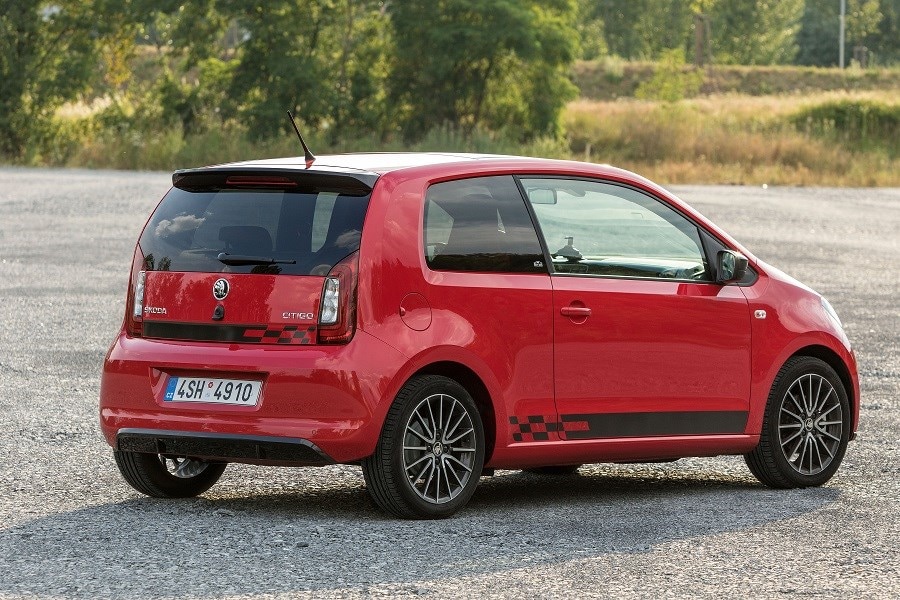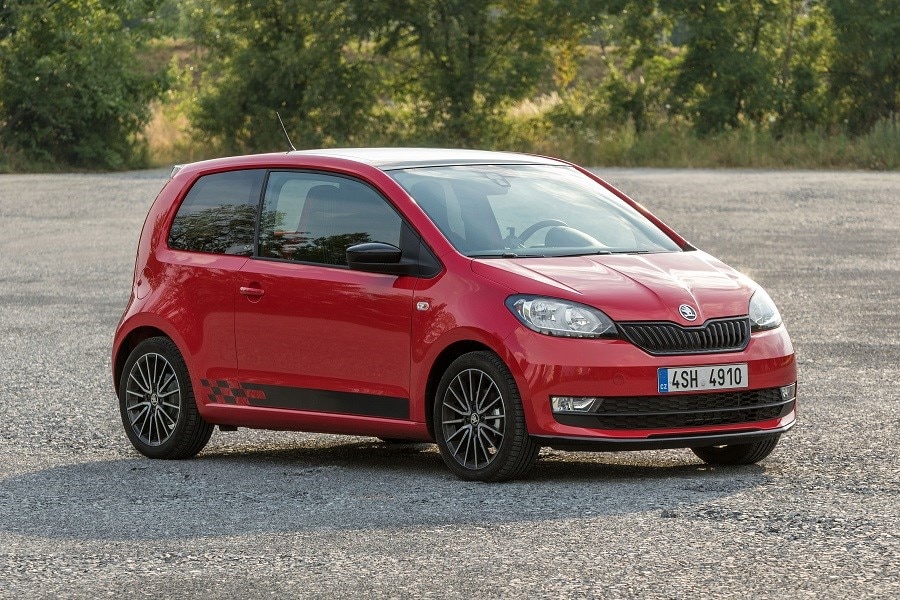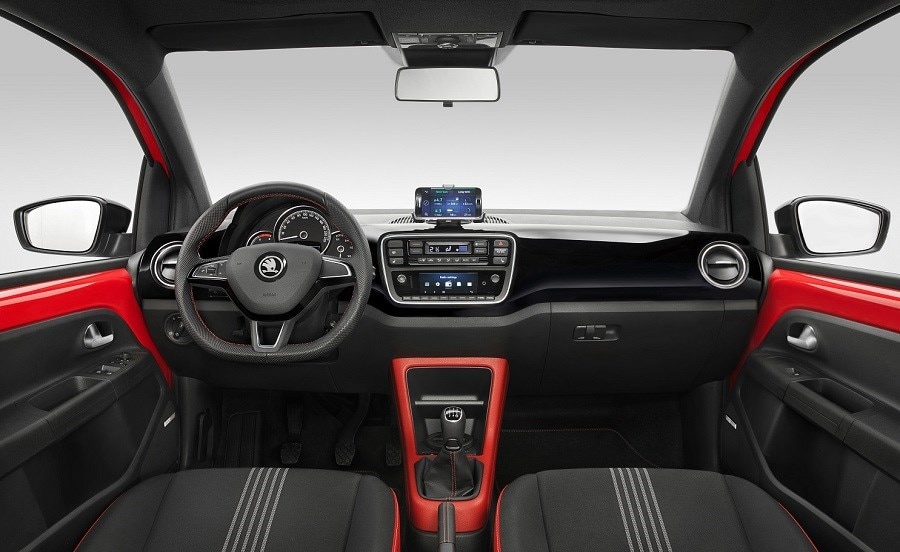Latest model
The Citigo got a bit of a nip and tuck in 2017 to bring it up to date. It was nothing drastic, though with just the headlights, grille and bumper being redesigned alongside a few minor interior tweaks, the rest of the car stayed essentially the same.
At the same time as the minor facelift, Skoda also introduced automatic city braking as an option, which helps prevent low speed traffic accidents by automatically putting the brakes on to avoid bumping into the car in front.
Overall, the Citigo is a fun little car with plenty of character, although it’s not quite as bright or vibrant as the Volkswagen or SEAT variants, which are marketed at a slightly more youthful target buyer.
Value for money
Value for money is key to any car’s success at this level of the market, and the Citigo scores well in this department, with entry-level pricing starting at less than £8,500. But be warned—at that price level, specification is about as basic as it possibly gets.
The range is simple, a handful of trim levels and two variants of the same 1.0-litre engine with either 60bhp or 74bhp, both of which are cheap to run.
Move up the range and the specification gets much better, while still representing good value compared to a number of rivals.
Looks and image
The Citigo isn’t going to win any beauty prizes, but by the same token, it’s not unpleasant to look at.
The 2017 facelift’s new bonnet, lights and grille give the front end a slightly sleeker and more aerodynamic appearance than before, but its sub four-metre length restricts the rest of the styling to nothing other than boxy. But, with that said, it manages to be boxy with a level of chic.
It’s well finished, too - the Citigo might not be a big car, but it feels like a well put together one, and that’s where it really scores.
The interior, in particular, feels solid and secure. The plastics are a bit hard and shiny, but nothing feels like it’s about to rattle or fall off, plus the chunky steering wheel and neatly integrated stereo look the part. SE models upwards also get a smartphone holder, so you can import your apps to the car’s infotainment system.
The range-topping Monte Carlo model deliberately feels a bit sportier, with black and red upholstery seat trim, a red centre console and a piano black finish on the dashboard.


